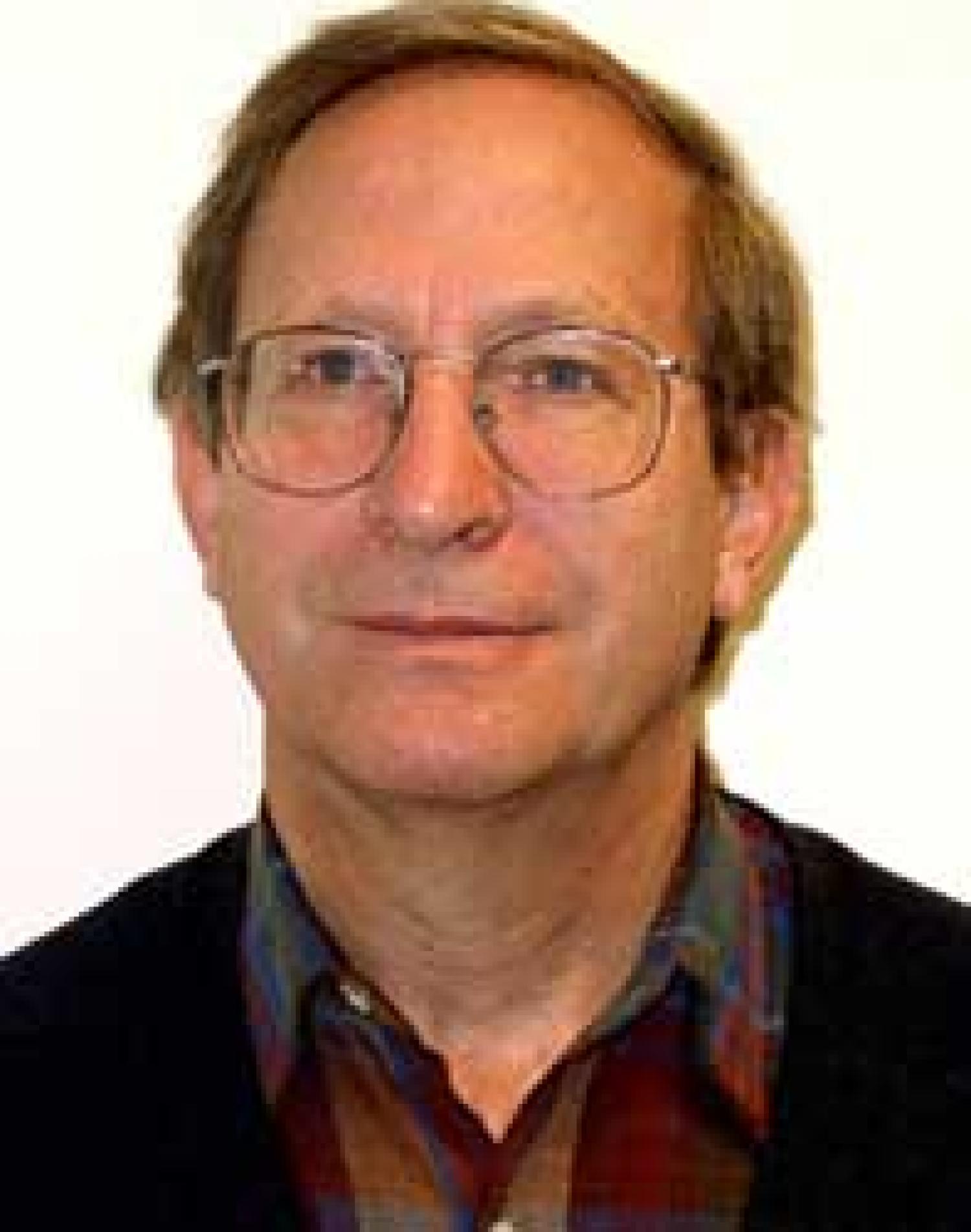J. Richard McIntosh
- Distinguished Professor Emeritus
- MOLECULAR CELLULAR & DEVELOPMENTAL BIOLOGY

We study the mechanisms of mitotic chromosome movement and microtubule dynamics, using both structural and biophysical approaches:
- We are collaborating with Prof. Meredith Betterton of CU’s Physics Department to develop rigorous computer models of spindle formation in the fission yeast,Schizosaccharomyces pombe. The mitotic processes in this organism are now comparatively well understood. This project has led to the recognition that the mitotic kinesin, KLP5, which is essential in S. pombe, is able to move in different directions along the microtubule (MT) lattice, depending on time in mitosis and place in the spindle. We are now trying to understand the biological regulation of this unusual mechanical property.
- In collaboration with Nikita Gudimchuk of the Dept. of Physics, Moscow State University, we have studied the tips of growing microtubules, both in vivo and in vitro, using electron cryo-tomography and computer modeling. This work has led to a new model for tubulin polymerization, which is under examination in several labs around the world. However, cryoEM depends upon freezing, and MTs are labile to cold, introducing the concern that the morphologies we (and others) have seen at MT tips are influenced by the conditions of specimen preparation. This has motivated a search for alterative ways to study the phenomena.
- In collaboration with Margaret Murnane of CU’s physics department we are now working to make a soft x-ray microscope that will use light of ~4nm wavelength to image dynamic MTs in specially built chambers, relying on nascent methods for assigning phases to all pixels in the diffraction image of a sample, so the inverse Fourier transform can be used to replace an imaging lens. With state-of-the-art cameras, we hope to capture every scattered photon with low noise, and thus be able to follow a process based on protein function at molecular resolution in real time.

